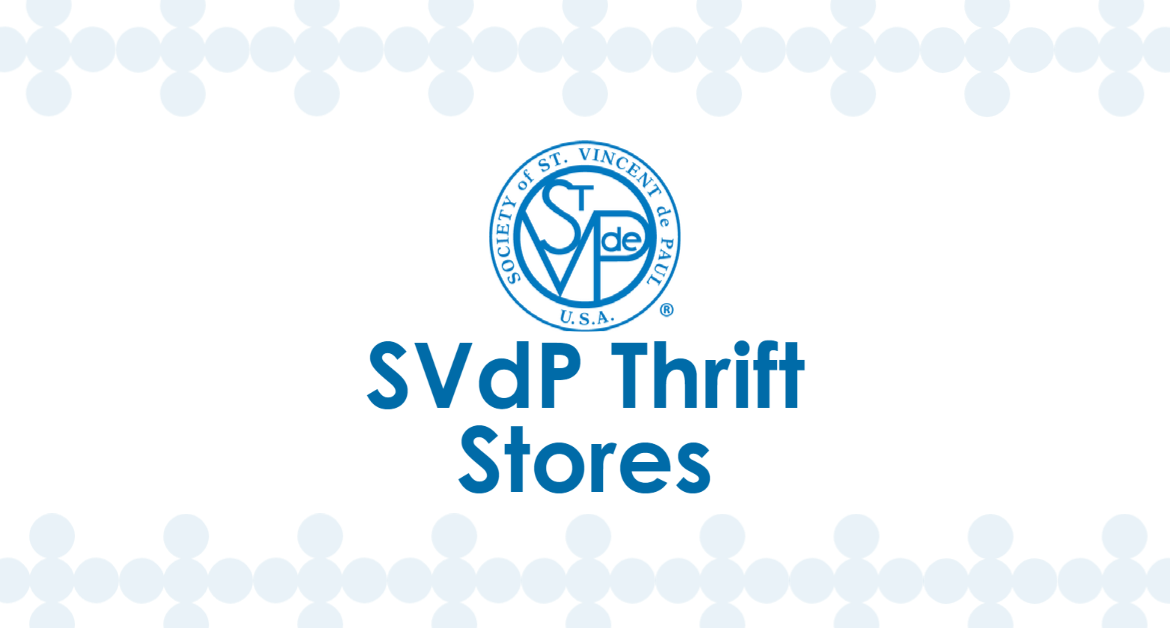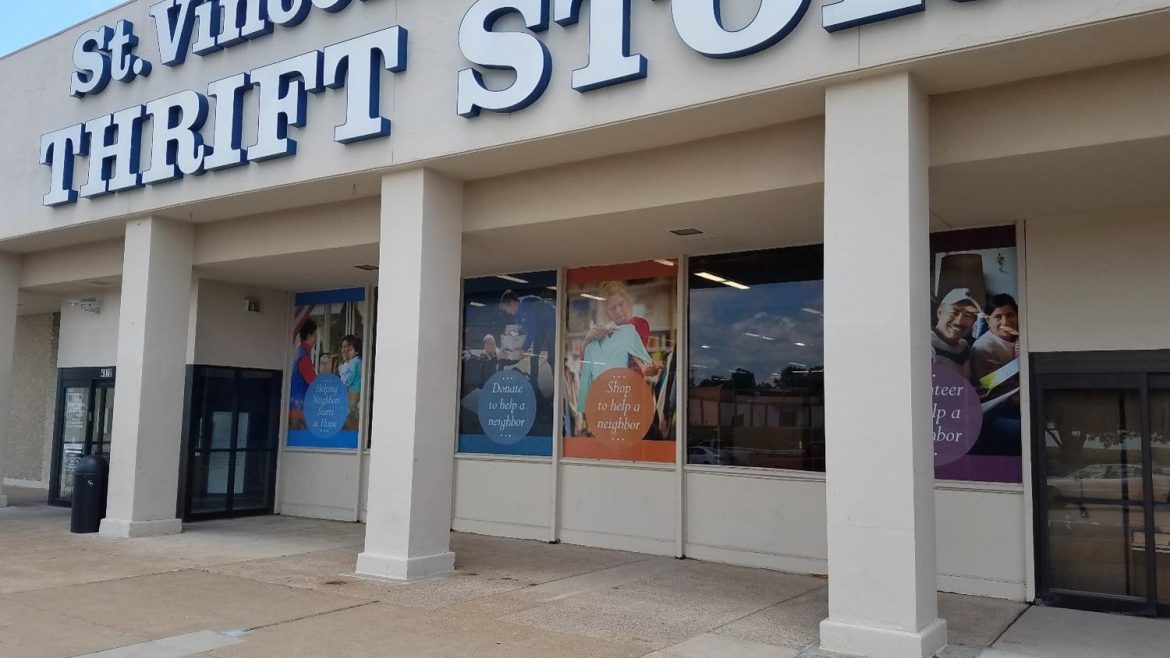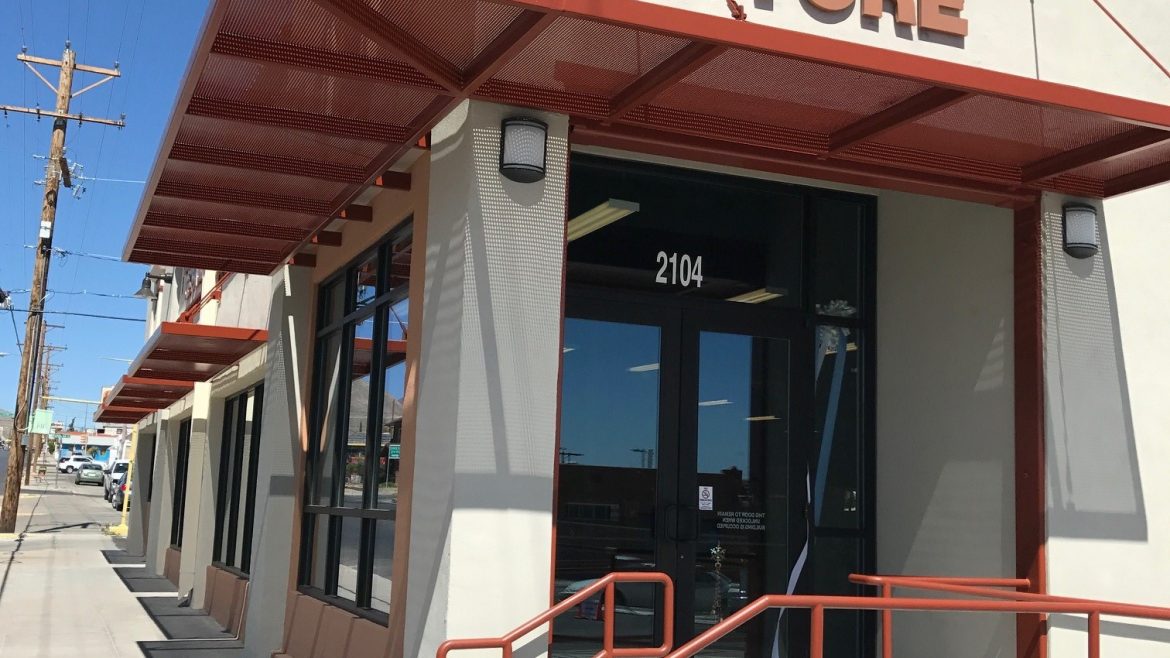Finding resources to open a new thrift store or expand/invigorate an existing operation can be easier than you think. Why do it alone?
A great way to save time, avoid undue risk, obtain expert advice and guidance is to access the SVdP National Thrift Stores website (https://thriftstores.ssvpusa.org/) where you will find a wealth of information from thrift store veterans who are glad to share their knowledge and experience with fellow Vincentians.
It takes more to open a successful thrift store than enthusiasm, hope, and a prayer. As the cliché goes, the devil is in the details.
A successful operation requires a great deal of pre-planning and investigating as well as examining sources that have the content needed. The website provides many of these answers.
The home page features expandable topical sections that include Opening Your Store; Training/Development; Resources; Merchandising; Marketing/E-Commerce, as well as a Contact Us link. Each topic has a dropdown menu that includes detailed operational examples and illustrations that can be downloaded and tweaked for your specific needs.
In addition, Production Training Videos are viewable and downloadable to assist in staff training under the Resources topic.
Video Topics include How to Take Donations; Sorting and Hanging Clothing Station; Accessories, Shoes and Linen; Houseware Pricing; Clothing Pricing; & Furniture.
Using these videos for staff training refreshes and reinforces the expectations for paid employees and volunteers. They are great tools available to your management team.
The Stores website includes detailed examples and workable charts for operational procedures, store layouts, interior and exterior signage requirements, and a variety of other resources available, just to mention a few.
The Members of the Thrift Store Committee offer direct contact options. You can find your region’s store committee member by selecting About Us in the upper right corner of the webpage above. You can also schedule a visit to a National Model Training Store for assistance. Both options provide guidance and expertise of what a successful thrift store does and how it presents our Mission and Goals.
You can contact Jeff Beamguard, Director of Stores Support at the National Office. Jeff’s email is jbeamguard@svdpusa.org or call (720) 775-5376.
——-
We hope you are planning to attend the National Assembly in August in Phoenix, AZ.
The National Stores Committee has planned a GREAT program for you.
On Wednesday, August 14, 2024, the program will include presentations from Dr. Ken Snyder with the SVdP Phoenix Dental Clinic, an update on the 2nd National Store, a Store/Conference testimonial, learn about Recycling Dilemmas, and what is happening at SVdP in Eugene, OR.
Following our daylong program, there will be two opportunities to visit the National Store in Avondale, AZ. Transportation will be provided, but reservations are required due to space limitations.
Workshops are planned for Thursday afternoon. Topics include merchandising and store layouts, making a simple budget, how to increase customer count, how to measure productivity, Point of Sale (POS) and training new employees.
We encourage you to talk to your store managers and leadership about attending the National Assembly. It is a wonderful opportunity to network with and meet others around the country to share best practices.
—-
If you have questions or have a topic for a future Stores Corner article, please email our Director of Stores Support-Jeff Beamguard at jbeamguard@svdpusa.org.



 For our Mattress ad in Pittsburgh, we targeted: 10-mile radius from each store,
For our Mattress ad in Pittsburgh, we targeted: 10-mile radius from each store, For the store’s ad, we targeted specific zip codes around each store.
For the store’s ad, we targeted specific zip codes around each store.
